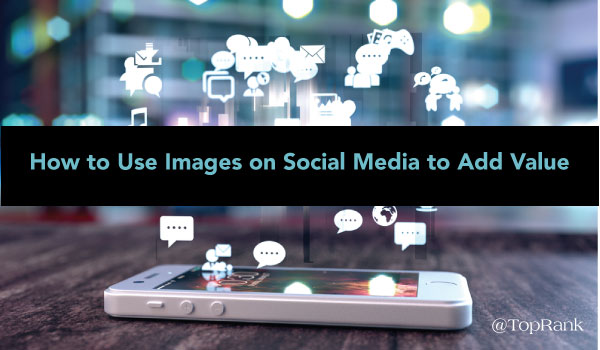
When battling other businesses for your customers attention on social media, you have to stand out in order to get noticed. That can mean being disruptive, going against standard marketing practices, or doing something unique that draws the attention of your customers away from the “noise” of social media. One way to accomplish that goal is to harness the power and creativity of images.
Images can make a big impact on getting noticed in a customer’s social media feed. Research has found that 90% of the information that the brain processes is visual, and the brain processes images 60,000 times faster than anything that’s read. What that means to marketers using social media is when someone is looking at their feed and scrolling through all of the posts, they are processing the images faster than the text.
This post is Part 1 of a two part guide that will help you take the guesswork out of which sizes are appropriate for different platforms, as well as which tools you can use to get started quickly and with impact.
What Are the Standard Image Sizes for Social Networks and Social Media Platforms?
Using correct image sizes with the corresponding social media platform can make a large impact difference in how it’s viewed by your audience. Below are the current image size requirements for some of the top social media platforms:
- Upload images that are at least 1200 x 630 pixels for display on high-resolution devices.
- A minimum of 600 x 315 pixels is recommended to display link page posts that contain larger images.
- Shared photos should be 1024 x 512 pixels
- In-stream photo previews should be 220 x 400 pixels.
- Image sizes can be up to 5MB and animated GIF’s can be up to 3MB.
- Photos can now be shared as a portrait or landscape image instead of a square.
- Photos and videos should have an aspect ratio of 1.91:1 and 4:5.
- The ideal image size for the status update OR blog post image: 698 x 4001 pixels.
- Shared images on the home stream should be 497 x 373 pixels.
- Images shared in the feed should be 150 x 150 pixels.
Now after figuring out the proper sizes for your images, it’s time to ensure that your content is optimized for the best design possible. There are actually some tools that can assist you with doing that. Here are a few of them:
Social Media Image Tools
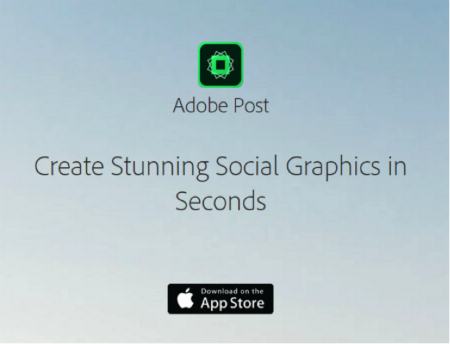
Adobe has 30 years of experience in creating tools that allow people to design images that both look sharp and create an impact. So they took all of that knowledge and created a new App that was just launched at the end of 2015. It gives people the ability to create attention-grabbing graphics in just seconds. (Note: The App does place an #AdobePost watermark on the created images, but you can remove it by just tapping on it. Adobe just asks that you share your love of the App with your friends as compensation.)
This App turns just about any photo along with text into a well-designed graphic that’s shareable on social media, as well as in text messages and emails. A great tool that can assist those who man not have a lot of time or skill in making high-quality images. It features an inspiration wall, filters, text resizing and typography, and an auto recolor function.
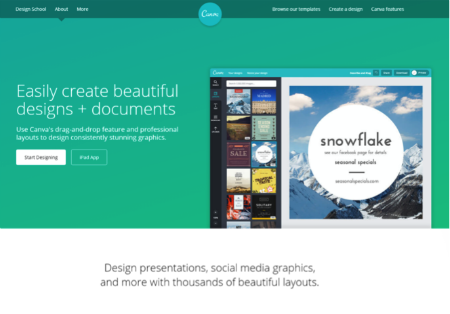
Canva is a very user friendly online tool that can take an image, and then allows you to add text to them in a variety of ways in order to customize the look and feel that you’re going for.
There are millions of stock photograph images available for you to choose from, as well vectors and illustrations. To give your image a more customized and personal look, you can also upload your photos to use.
Filters are also available so that you can adjust the look and feel of your image, along with some editing tools so that you always feel that you have flexibility.
There are hundreds of fonts to choose from, as well as a selection of icons and shapes that you can incorporate within your image. This tool can be used for creating image-quotes, banners and social media post images.
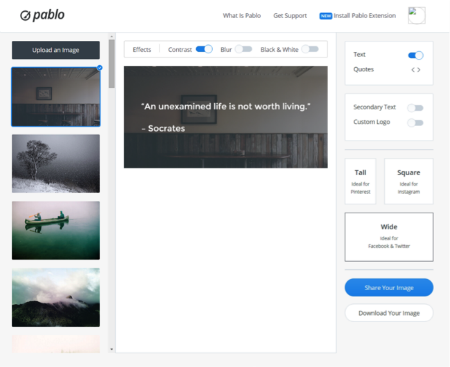
The social media scheduling tool Buffer created this image design tool. It was developed to help people create eye-catching images that fit all social media networks. It also has a browser extension to make things even simpler.
There’s a limited number of images that they have available for use, but you can upload your own images and use the tool to format your visuals.
It’s a very simplified tool, but it has features like contrast, blurring and converting color images into black-and-white images.
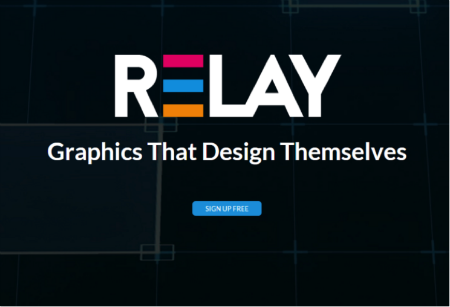
This tool has a wide variety of features, but your ability to use all of them will cost you. There are 2 different versions of this tool, a Free version and a Pro version.
A list of the features that this tool offers includes, instant color choices, auto resize text and images, easy drag & drop images, optimize for all platforms, SEO image automation, and an ever growing layout library.
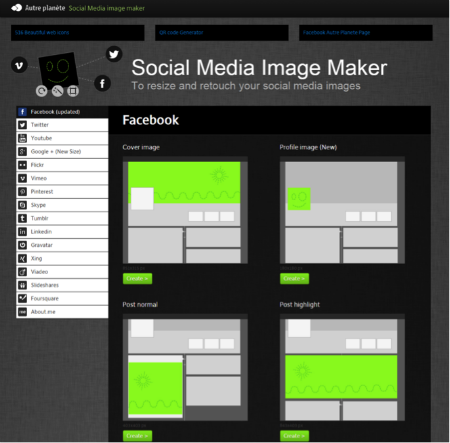
Need help in resizing your images so that they can work on different platforms? Check out this tool that helps speed up adjusting the image sizes.
The Value of Using Images
Social media marketing can be a very effective way in connecting your service or product with your audience and getting them interested to not just enjoy your product, but to better understand your business and what you and your business stands for. Using images and creating them with the right techniques and using the right tools can make your businesses brand even more appealing to current and potential customers.
Be sure to check out part two of this series for additional insights on how to appropriately use filters and examples of top companies using images on social media that you can draw inspiration from. Or, connect with us and we can help you create a social media strategy to help you engage current and potential customers.
Header image via Shutterstock


